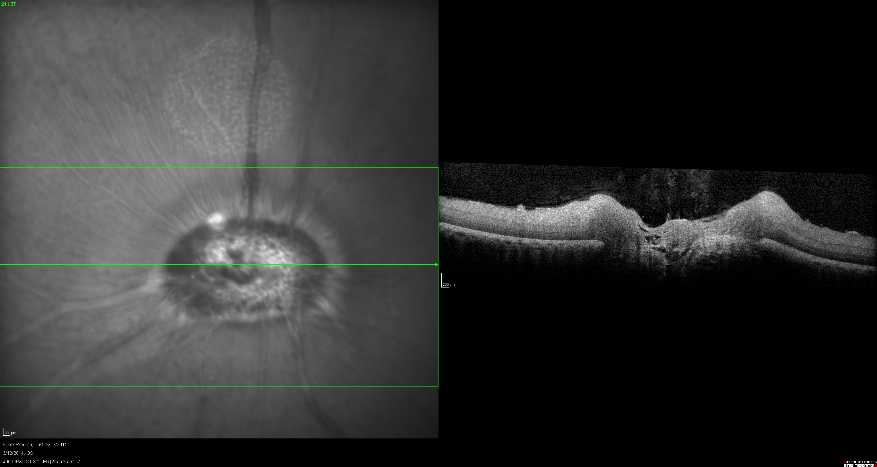Visual Impairment and Intracranial Pressure (VIIP) Syndrome (Andrew Feola, Chanyoung Lee)
Visual impairment and intracranial pressure (VIIP) syndrome affects roughly 20% of astronauts inserted into microgravity during long-duration missions to the International Space Station [1]. While several pathological conditions are known to occur in microgravity, recent evidence has shown that long-duration exposure to microgravity can also lead to visual impairment, choroidal folds, optic disc edema, posterior globe flattening, optic nerve kinking and elevated cerebrospinal fluid pressures [2]. Often astronauts begin to report visual problems several weeks after being in microgravity; however, clinical examination with magnetic resonance (MR), optical coherence tomography (OCT), and lumbar punctures occur only after the astronauts have returned to earth.
Our Research:
The main objective of our laboratory is to model the effects of sustained microgravity loading conditions on the optic nerve head and sheath. We aim to characterize the optic nerve head and sheath using MR, OCT and biomechanical properties of health donor eyes. From these input parameters we are developing finite element models and tissue remodeling models of the optic nerve head and sheath due to loading conditions comparable to chronic microgravity.
Figure 1: OCT image of a porcine posterior eye (Left). The box represents the area of OCT slices. The green line represents the current OCT slice over the optic nerve head (Right).
Figure 2: A mid-sectional slice of a FEM model of the posterior eye and optic nerve sheath. The left is simulated within a normal range of IOP and CSFp compared to a normal IOP and elevated CSFp (right). The hot-to-cold color scale on the model represents effective stress, while the arrows indicate displacement direction and magnitude (hot-cold scale).
- Ross W. Computational simulation to understand vision changes during prolonged weightlessness. Conference proceedings : Annual International Conference of the IEEE Engineering in Medicine and Biology Society. IEEE Engineering in Medicine and Biology Society. Conference. 2013
- Mader T., Gibson C., et al. Optic disc edema, globe flattening, choroidal folds, and hyperopic shifts observed in astronauts after long-duration space flight. Ophthalmology. 118(10) 2058-69 2011.



